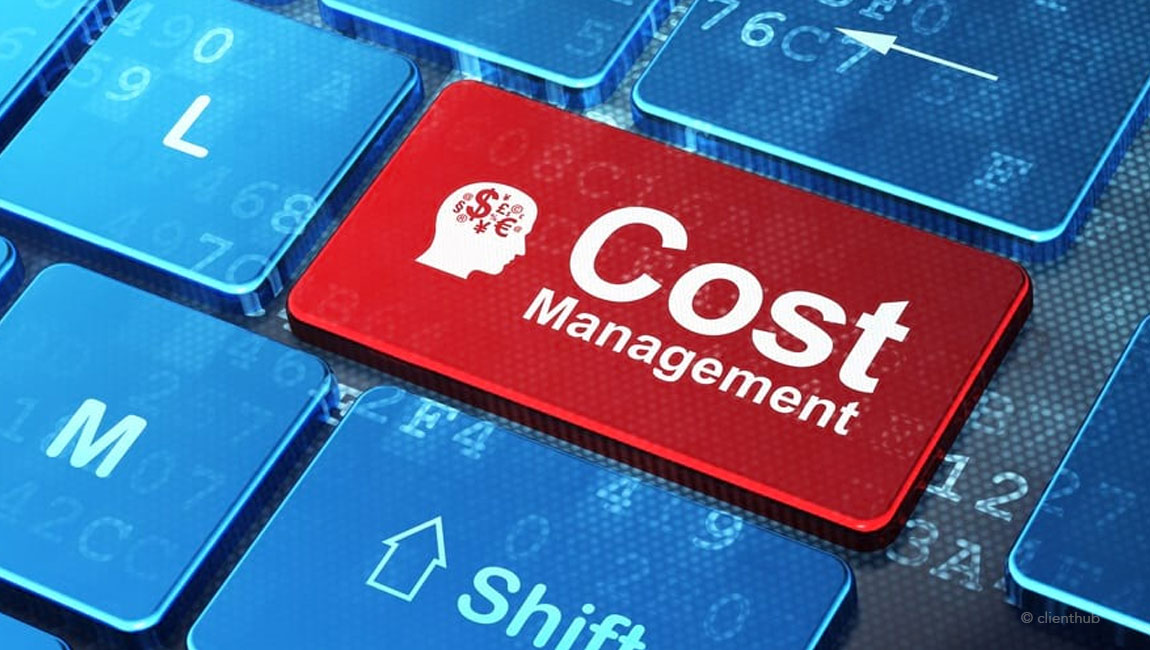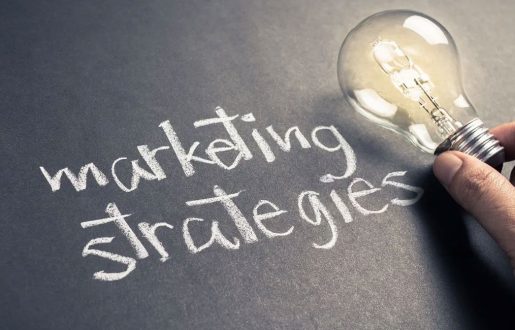Effective cost management strategies help businesses ensure that they spend money efficiently and prudently. Their cost structure determines their profitability. There are regular and predictable costs to be incurred on materials, labor, and overhead charges, as well as irregular and unpredictable expenses on repairs of machinery, official vehicles, research and development (R&D), or other exigencies. These expenses can adversely affect profitability, especially if they are unpredictable, unplanned, or suffer from high variations.
Doing a cost analysis will help you to discover areas for cost savings and improvement. Such analysis will also assist business ventures in understanding their current cost structure and how it affects their overall profitability. This knowledge can be used to decide pricing strategies and other aspects of their operations, enabling them to maximize profits. Improving cost control methods helps businesses understand and increase profitability and uncovers areas of opportunity for investment and finance allocations.
Cost management and cost control may face various associated challenges. Unplanned purchases or unexpected repairs can upset your cost management strategy without a contingency fund. It is also not easy to properly track and record all costs by using traditional methods. However, with digital and accounting software’s arrival, cost monitoring has become more accessible and streamlined. Cost control may also encounter internal challenges, and it needs to be done very carefully and meticulously without affecting the quality of your firm’s products or services.
There are very few avenues through which you can safely manage costs. The first is to look for ways to minimize overheads like rent, electricity bills, warehouse space, etc. The next is to use technology to standardize output and automate repeatable tasks, thus increasing process efficiency. These can range from customer relationship management systems to enterprise resource planning (ERP). Business owners can also save costs by improving employees’ time management skills through training and best practices. You should also reduce heavy capital investments and go asset-light by depending on virtual technology and outsourcing.
The best cost-managed small businesses depend heavily on digital communications, distributed workspace, skeletal physical office, minimal payroll staff, and automation of services ranging from e-mail responses to marketing campaigns. Though basic, other strategies that need to be mentioned include creating weekly or monthly budgets and sticking to them. Furthermore, seek ways to optimize costs across all processes, including advertising and marketing, and wherever costs are not transparent, and outcomes lack veracity. There are many other areas, from electrical appliances to newspaper advertisements, where you must experiment, track outcomes by cutting costs, and be ready to raise it back if profitability is negatively affected. The guiding strategy is to identify cost centers across your business, assess and analyze them for optimization, and experiment, wherever possible. Thus, a business enterprise may have innumerable unseen avenues to slash costs, and only some have visible relationships, like air conditioners to electricity bills. However, that should not prevent you from trying because your profitability will automatically increase in areas where you succeed in cutting costs.




